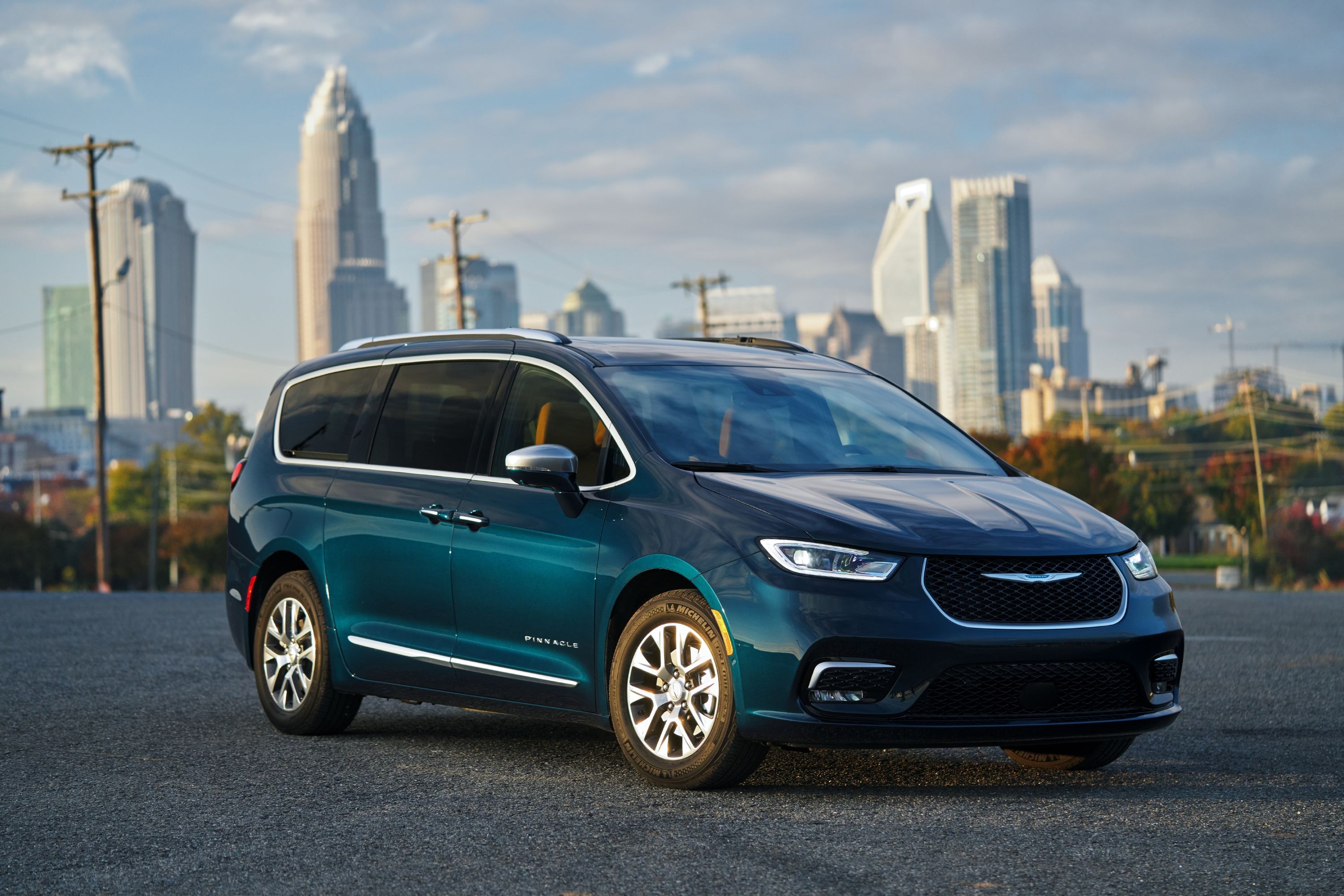
Buying a car is a significant financial decision for most people, and the journey from imagining a new ride to actually hitting the open road can be exciting. However, this process can quickly become overwhelming when faced with the financial realities, particularly the often-surprising size of the down payment required. Many first-time car buyers, and even seasoned ones, are often surprised by the upfront cash needed. It’s a common and important question: why are down payments on car loans increasingly recommended to be over 20 percent, and what does this mean for consumers?
Experts tend to recommend putting down 20 percent or more on a vehicle, and this advice is rooted in a blend of sound financial principles and evolving market conditions. While vehicle prices remain high and many consumers have less savings available, understanding the profound impact of a larger down payment is crucial. It’s not just about meeting a lender’s requirement; it’s about protecting your financial future, reducing overall costs, and securing better loan terms.
This in-depth guide aims to demystify the various factors influencing car loan down payments, empowering readers with the knowledge needed to make informed decisions. We’ll explore the tangible benefits of a substantial down payment, delve into how lenders assess risk, and provide practical insights into why this 20 percent benchmark is so pivotal in today’s auto financing landscape. Let’s break down the essential reasons why a higher down payment is not just a good idea, but often a necessity for savvy car buyers.

1. **Lower Monthly Payments**One of the most immediate and tangible benefits of making a significant down payment on a car loan is the reduction in your monthly payments. This is a direct consequence of borrowing less money overall. When you put a larger sum down upfront, the principal amount you need to finance decreases, which in turn leads to a smaller installment each month.
Consider a typical scenario: for a $30,000 auto loan with a 6.60 percent interest rate over a 48-month term, a $0 down payment results in a monthly payment of $713. However, if you make a $6,000 (20 percent) down payment, the amount borrowed drops to $24,000, and your monthly payment significantly decreases to $570. This represents a substantial saving of $143 every single month.
A lower monthly payment creates more flexibility in your budget, which is incredibly important for managing other essential costs associated with vehicle ownership. Beyond the loan payment itself, you’ll need to cover expenses like insurance, gas, and maintenance. As of 2024, monthly car ownership and operation costs averaged $1,025, according to AAA.
Reducing your loan payment frees up vital cash flow, allowing you to comfortably cover these additional operational costs without stretching your finances thin. This financial breathing room is especially valuable given that many households may need extra cash on hand for emergencies. Bankrate’s 2025 Emergency Savings Report found that just 41 percent of U.S. adults would pay for an emergency expense of $1,000 or more from their savings, highlighting the need for careful budget management.
Read more about: Beyond the Sticker Price: Unveiling How Car Dealers Secretly Add Thousands to Every Sale Through Financing and Hidden Charges
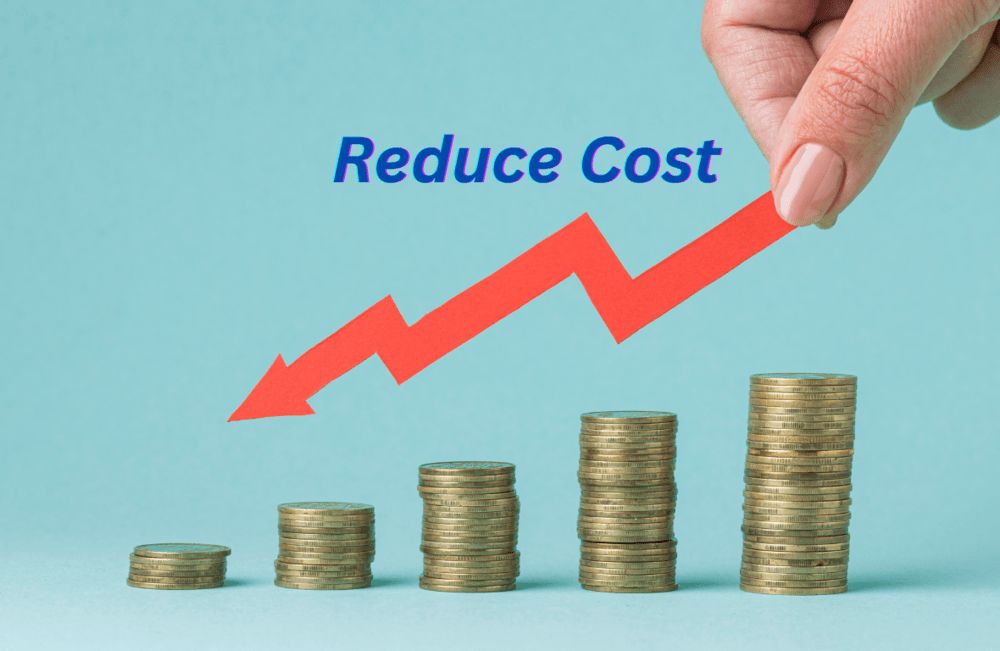
2. **Less Interest Paid Over Time**Beyond the benefit of lower monthly payments, one of the most significant financial advantages of a larger down payment is the considerable reduction in the total amount of interest you will pay over the life of the loan. This benefit stems from a simple financial principle: the less money you borrow, the less interest accrues on that principal over time. More money remains in your pocket, rather than going to the lender.
Using the same $30,000 auto loan example with a 6.60 percent interest rate and 48-month term, the difference in total interest paid can be quite striking. With no down payment, the total interest paid amounts to $4,216. However, a $3,000 down payment reduces the total interest to $3,794, saving you $422. A $4,500 down payment further drops the interest to $3,584, and a $6,000 down payment brings it down to $3,373.
In these scenarios, a down payment of 10 percent or 20 percent can lead to savings of between $422 and $843 in interest, respectively. These figures clearly illustrate that a larger upfront payment is a direct investment in reducing your overall borrowing costs. It makes a big difference in the true cost of your auto loan, beyond just the advertised price of the vehicle.
This reduction in interest means your hard-earned money is working for you, rather than being solely consumed by financing charges. It’s a powerful argument for prioritizing a substantial down payment whenever possible, as it significantly enhances your financial position over the entire loan term.
Read more about: The Unseen Stages: How History Shaped the Actor, From Forbidden Roles to Modern Breakthroughs

3. **Building Equity and Preventing Negative Equity**Making a larger down payment is a strategic move that significantly contributes to building equity in your vehicle right from the start. Equity is defined as the difference between what you owe on your auto loan and the car’s potential sale price. By putting down a substantial amount upfront, you immediately reduce the loan amount, thus increasing your initial equity position. You simply won’t need to finance as much through the lender, giving you a head start.
Cars are, unfortunately, depreciating assets, meaning their value decreases over time, often quite rapidly in the initial years of ownership. This rapid depreciation can easily lead to a situation known as being “upside-down” on your loan, which occurs when you owe more money on the vehicle than it is actually worth. This scenario can be financially precarious and is a common concern for car owners.
A larger down payment acts as a crucial buffer against this depreciation. By investing more upfront, you create a cushion of equity that helps protect you from quickly falling into negative equity. This is particularly important because being upside-down on a loan can create significant problems if you need to sell your vehicle or if it’s totaled. You would be responsible for paying the difference between the sale price and the loan balance out-of-pocket, or worse, rolling that deficit into a new loan, leading to an unaffordable monthly payment and higher borrowing costs.
Katie Lowery, a Loans Editor at Bankrate, shared her experience: “I had the savings to put 50 percent down, which helped keep my monthly payments low. The large amount of cash upfront, coupled with a low interest rate, means that I’ll save money over the life of the loan. And as a bonus, since I have a significant amount of equity in the car, I don’t need to worry about going upside-down on the loan or purchase gap insurance.” Her insight underscores how a strong down payment provides peace of mind and financial security against the realities of vehicle depreciation.
Read more about: Reality TV’s Reckoning: The Legal and Financial Disasters That Threaten Dynasties

4. **Potentially Lower Interest Rates**While not always guaranteed, a significant down payment can sometimes encourage lenders to offer you a lower interest rate on your car loan. Lenders assess risk when determining loan terms, and a larger down payment signals to them that you are a more financially responsible and less risky borrower. It demonstrates that you have a better grasp on your finances and are serious about your commitment to the purchase.
This reduced perception of risk can make lenders more willing to extend more favorable financing terms, including a lower Annual Percentage Rate (APR). A lower interest rate, as discussed, translates directly into less money spent on interest over the life of the loan, further enhancing the financial benefits of your upfront investment.
It’s important to note that a down payment is just one of several factors influencing your interest rate. Your credit score and income, for instance, often have a more significant impact. However, even if your credit score isn’t pristine, a substantial down payment can sometimes help compensate for other areas where your financial profile might not be as strong. It can be a powerful tool to strengthen your application.
Therefore, while you shouldn’t rely solely on a down payment to secure the absolute lowest rate, it certainly enhances your position. By showcasing your financial stability through a larger upfront payment, you increase your chances of being offered a more competitive rate, which is always a win for your budget.
Read more about: Beyond Self-Parking: Unveiling 12 Transformative Futuristic Car Features That Will Revolutionize City Driving

5. **Improved Loan Acceptance and More Competitive Terms**Beyond the potential for lower interest rates, a larger down payment significantly improves your odds of loan acceptance in the first place. It also makes lenders more inclined to offer you competitive financing terms. For lenders, a substantial down payment reduces their exposure to risk, making them more comfortable approving your application.
This is particularly beneficial for individuals who might have a lower credit score. While a good to excellent credit score can often secure competitive rates and acceptance even without a large down payment, those with less-than-perfect credit face greater challenges. In such cases, a significant down payment can be the crucial factor that allows you to secure financing that might otherwise be out of reach.
A down payment effectively tells the lender that you have “skin in the game,” demonstrating your commitment and reducing the likelihood of default. This added security can transform a questionable application into an acceptable one, or elevate an acceptable one to receive even better terms. It shows financial prudence and dedication to the purchase.
Therefore, if you’re looking to maximize your chances of approval or aiming for the best possible terms, especially if your credit history isn’t perfect, a robust down payment is one of the most effective strategies at your disposal. It can be the difference between being denied and driving off the lot with a favorable loan agreement.
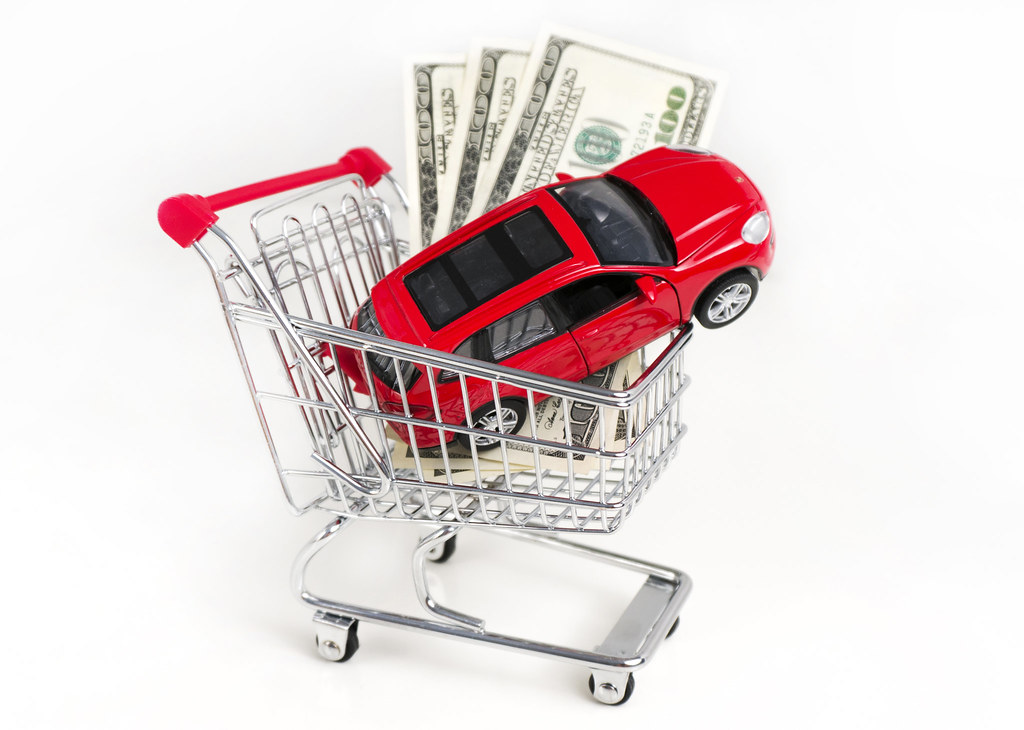
6. **Reducing Lender Risk and Demonstrating Financial Stability**From a lender’s perspective, requiring a down payment, particularly one of 20 percent or more, is a fundamental strategy for mitigating risk. When a borrower contributes a significant portion of the vehicle’s cost upfront, the lender’s exposure to potential losses if the borrower defaults is considerably reduced. This is a primary driver behind the consistent recommendation for a higher down payment.
A larger down payment also serves as a strong indicator of a borrower’s financial stability and seriousness. It suggests that the borrower has managed their finances well enough to save a substantial sum, implying a greater capacity and willingness to meet future loan obligations. This perception of reliability is highly valued by financial institutions.
Lenders use metrics like the loan-to-value (LTV) ratio to assess the risk associated with a loan. When you borrow less relative to the car’s value, the LTV ratio is lower, signaling a less risky loan. This reduced risk profile is why lower-risk loans tend to have lower interest rates and more favorable terms, as lenders are incentivized to attract reliable borrowers.
Essentially, your down payment acts as a security cushion for the lender. It provides a buffer against the rapid depreciation inherent in most vehicles. Should a borrower default early in the loan term, the lender is in a much better position to recover their investment if a significant down payment was made, as the outstanding loan balance would be considerably lower than the car’s market value.
Read more about: Navigating the Fed’s Rate Cut: A Comprehensive Guide to How Monetary Policy Will Reshape Your Mortgage and Finances for the Next Decade

7. **The Direct Impact of Your Credit Score**One of the most significant drivers of the required down payment amount, and indeed the overall terms of your car loan, is your credit score. Lenders rely heavily on credit scores as a primary tool to assess the risk associated with lending money to an individual. A higher credit score indicates a history of responsible credit management, suggesting a lower risk of default to the lender.
Conversely, a lower credit score signals a higher risk of default. In such cases, lenders often take measures to mitigate this perceived risk, and requiring a larger down payment is one of their most effective strategies. This larger upfront payment acts as a security cushion, reducing the lender’s potential losses if the borrower fails to repay the loan. It’s the lender asking for more “skin in the game” from a borrower with a less-than-perfect credit history.
For buyers with excellent credit, lenders are often more willing to offer favorable loan terms, which can include lower or even no down payment options, along with competitive interest rates. Their proven track record of timely payments and responsible debt management speaks volumes. However, for those with lower credit scores, securing a competitive rate or even acceptance without the help of a substantial down payment can be challenging.
Therefore, understanding the direct correlation between your credit score and down payment requirements is crucial. Improving your credit score before applying for an auto loan can significantly impact the amount you’re asked to put down, potentially reducing it, and simultaneously qualifying you for better interest rates and overall loan terms. It’s a fundamental aspect of navigating the car financing landscape successfully.
Read more about: Beyond the Buzz: Unpacking the Hidden Nausea of Next-Gen EVs and How Tech is Tackling Car Sickness
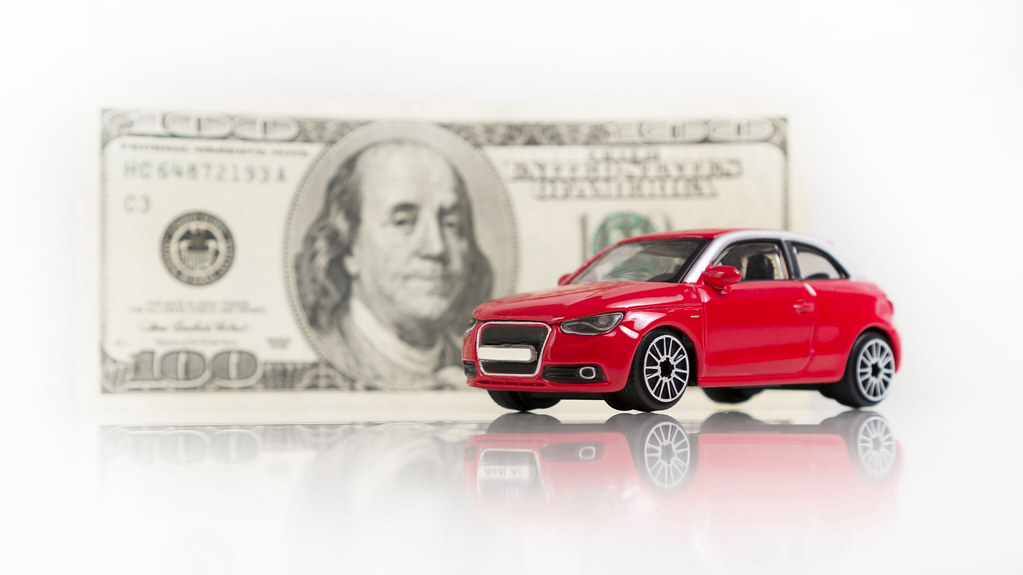
8. **Vehicle’s Price and Type Dictate Upfront Costs**The type and price of the vehicle you choose are foundational in determining the size of the down payment you’ll encounter. Naturally, a more expensive car will demand a larger down payment compared to a more budget-friendly option. Lenders typically calculate the down payment as a percentage of the car’s total purchase price, and this percentage can fluctuate based on other factors like your credit score.
Consider the current market realities: the average price of a new vehicle in February was $48,039, according to Kelley Blue Book. If a 20 percent down payment is considered standard, this means you’d need nearly $10,000 readily available to comfortably purchase a new car. Even for used cars, which averaged $25,006 at the start of March, a 20 percent down payment still translates to just over $5,000. These figures underscore how vehicle cost directly scales your upfront financial commitment.
Beyond the raw price, the vehicle’s specific type also plays a significant role. Luxury cars, high-performance sports cars, and larger SUVs often experience more rapid depreciation than practical, fuel-efficient models. This heightened depreciation risk makes lenders more cautious, sometimes prompting them to require a larger down payment to better protect their investment. Similarly, while used cars are often more affordable, they can carry perceived higher risks due to potential unknown maintenance issues, which might also lead lenders to request a larger down payment to offset that uncertainty.
Read more about: Unpacking the Wallet Drain: The 12 Most Expensive SUVs to Maintain in Today’s Market for Savvy Long-Term Planners
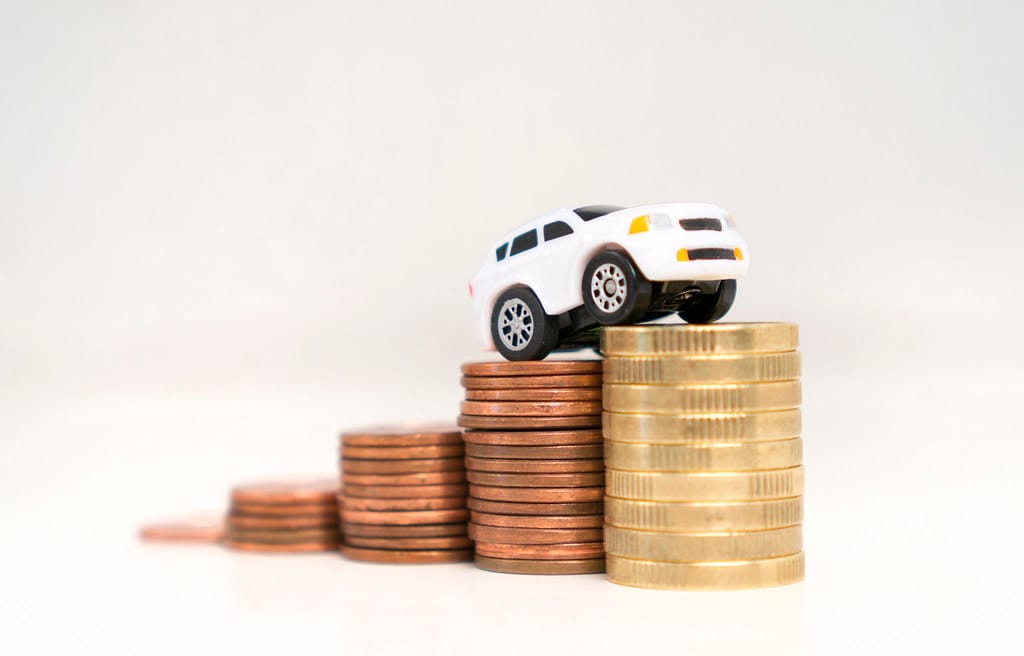
9. **The Influence of Loan Term Length on Down Payment Requirements**The length of your car loan, also known as the loan term, is another critical factor that can influence the effective size of the required down payment. A common financial dynamic is at play: while a longer loan term offers the allure of lower monthly payments, it also means you will pay substantially more interest over the entire life of the loan. This extended repayment period increases the lender’s exposure to risk.
To mitigate this increased risk associated with longer terms, lenders might often require a larger down payment. A greater upfront sum reduces the principal borrowed, which in turn diminishes the potential loss for the lender if market conditions shift or if the borrower defaults many years down the line. It serves as an additional layer of security for the institution providing the financing, especially when the repayment period is stretched out over five, six, or even seven years.
Conversely, opting for a shorter loan term typically means higher monthly payments, but it significantly reduces the total interest paid. In these scenarios, lenders might be more flexible with the down payment requirement. Since their investment is recouped more quickly, the perceived risk is lower, making a smaller upfront contribution potentially more acceptable. Understanding this relationship can help buyers strategically choose a loan term that balances affordability with down payment flexibility.
Read more about: The Affordable New Truck That Is Outselling the Ford F-150: Market Dynamics and Unprecedented Value

10. **Strategic Negotiation: Lowering Your Vehicle’s Purchase Price**One of the most direct and empowering consumer-focused strategies to reduce your required down payment is to negotiate the actual purchase price of the vehicle. Since the down payment is often calculated as a percentage of the total price, a lower selling price directly translates into a smaller upfront cash requirement. This is a fundamental principle of car buying that many consumers often overlook in their focus solely on monthly payments.
Before stepping onto a dealership lot or engaging in online negotiations, robust research into the market value of your desired car is essential. Utilizing resources that provide fair pricing guides can equip you with the knowledge to make an informed offer. Being prepared to walk away from a deal if the dealer is unwilling to negotiate on price demonstrates your resolve and can often lead to a more favorable outcome. Remember, every dollar you save on the purchase price is a dollar less you need for your down payment and overall financing.
This negotiation extends beyond just the sticker price. Be mindful of any additional dealer add-ons or unnecessary packages. Scrutinize the sales contract for inflated fees or charges that can be challenged. By actively negotiating these elements, you not only reduce the overall cost of the vehicle but also effectively lessen the base amount upon which your down payment is calculated. This proactive approach puts you in control and directly impacts your upfront cash outlay.

11. **Maximizing Your Trade-In Value: A Down Payment Boost**For many car buyers, an existing vehicle represents a valuable asset that can significantly offset the need for a large cash down payment. Trading in your current car can act as a direct contribution towards your new purchase, effectively reducing the amount you need to finance. This strategy can be particularly impactful if your current vehicle is paid off or if you have substantial positive equity in it.
Before visiting a dealership, it is crucial to get an independent appraisal of your current car’s value. This can be done through online valuation tools or by getting quotes from multiple dealerships or even independent buyers. Having a realistic expectation of your trade-in’s worth empowers you in negotiations, ensuring you receive a fair offer that maximizes its contribution to your down payment. This pre-work helps prevent being shortchanged and allows you to accurately budget for any remaining down payment.
If your car is financed but you owe less than its market value, that positive equity can be directly applied as a down payment on your new ride. This means that instead of pulling cash from your savings, you are leveraging an existing asset to meet the upfront payment requirements. It’s a smart way to transition into a new vehicle while optimizing your financial position, making the 20 percent benchmark more attainable without digging deeper into your bank account.
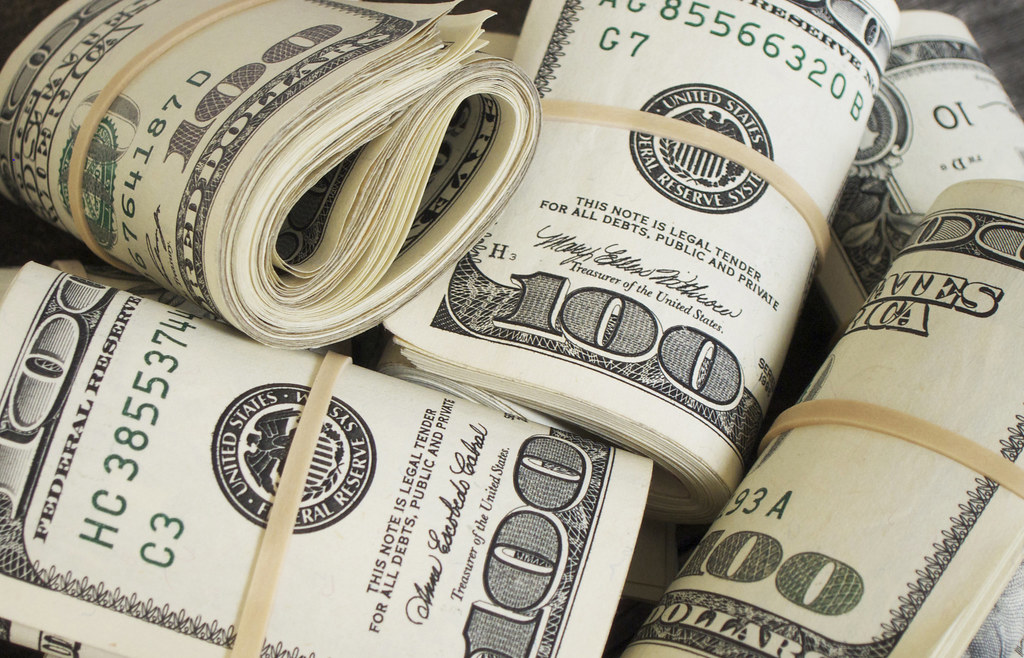
12. **Leveraging a Cosigner for Favorable Loan Terms**When faced with the challenge of a high down payment requirement, particularly due to a less-than-perfect credit score, exploring the option of applying with a cosigner can be a game-changer. A cosigner is an individual with a strong credit history who agrees to be equally responsible for the loan if you, the primary borrower, fail to make payments. This significantly reduces the risk for the lender.
By bringing a cosigner with excellent credit into the application process, you essentially leverage their financial reliability. This can dramatically improve your chances of loan acceptance, even if your own credit profile isn’t strong enough on its own. More importantly, it can qualify you for more favorable loan terms, which often include a lower interest rate and, crucially, a reduced or even eliminated down payment requirement. The lender sees the cosigner’s good credit as a strong assurance of repayment.
This strategy is particularly beneficial for younger buyers establishing credit, or individuals rebuilding their credit history. It allows access to financing that might otherwise be out of reach or prohibitively expensive, without necessarily requiring a substantial upfront cash payment. However, it’s vital to remember the responsibility involved: a cosigner’s credit will also be impacted by your payment history, so transparent communication and diligent repayment are paramount to protect both parties.
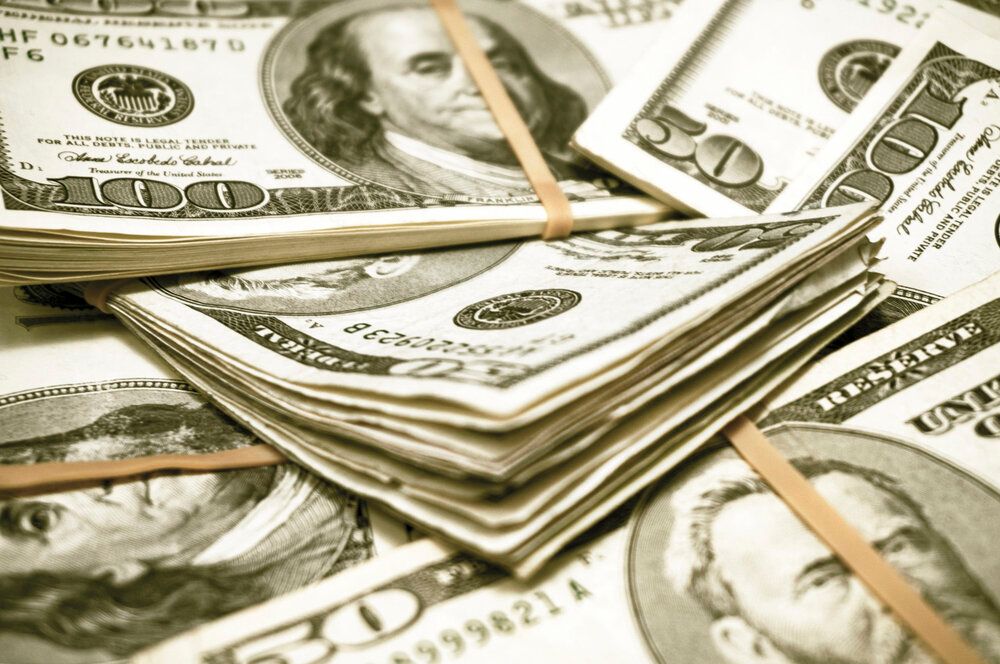
13. **Considering Leasing as an Alternative to a Large Down Payment**For some consumers, outright purchasing a vehicle with a substantial down payment might not align with their financial goals or current liquidity. In such cases, considering a lease agreement can serve as a viable alternative, often circumventing the need for a large upfront payment. Leasing fundamentally differs from buying in that you are essentially paying for the depreciation of the vehicle over a set period, rather than purchasing the entire asset.
One of the most attractive aspects of leasing, especially when struggling to gather a significant down payment, is that it typically requires a less expensive monthly payment and often does not necessitate a traditional down payment. Many lease agreements advertise low or even no money down options, making them immediately more accessible for individuals with tighter budgets or those preferring to preserve their cash reserves for other investments or emergencies.
However, it’s important to weigh the long-term implications. While the upfront costs are lower, you don’t build equity in a leased vehicle, and there are often mileage restrictions and potential fees for excessive wear and tear. Nonetheless, for those prioritizing lower immediate cash outlay and predictable monthly expenses over outright ownership, leasing presents a strong option to get into a new vehicle without the burden of a large down payment. It’s a financial decision that needs careful consideration against your personal driving habits and financial objectives.
Read more about: Dealer’s Nightmare: The 8 Cars Nobody Will Buy Even with Massive Discounts

14. **Navigating Additional Fees and Financial Planning for the True Cost**Beyond the advertised price of the vehicle and the required down payment, car buyers must be acutely aware of a host of additional fees and charges that can significantly inflate the total cost of ownership. These often-overlooked expenses can include sales taxes, registration fees, documentation fees, and other miscellaneous charges that get added to the loan amount or need to be paid upfront. Understanding these is crucial for accurately assessing the true financial commitment.
It is imperative to ask for a detailed breakdown of all fees and charges before finalizing any purchase. While some fees, like sales tax, are mandatory, others, such as documentation fees, may be negotiable or vary widely between dealerships. Scrutinizing these line items and negotiating where possible can help prevent unexpected increases in your overall loan amount or out-of-pocket expenses, directly impacting the effective “upfront cost” beyond just the down payment.
Ultimately, successful car buying, especially with the trend of higher down payments, hinges on comprehensive financial planning. Creating a thorough budget that accounts not only for the monthly loan payment but also for ongoing costs like insurance, fuel, maintenance, and potential repairs is vital. Relying on tools like car loan calculators and estimators can help you select your credit score range, enter your annual income, and include trade-in values to understand your borrowing power and overall affordability. This holistic view ensures you avoid stretching your budget too thin, leading to financial stress and potential default, and allows for confident decision-making.
Read more about: Luxury Car Owner’s Headlight Nightmare: Unmasking the Shocking Costs Behind Modern Automotive Lighting
Navigating the modern auto loan landscape, where down payments of 20 percent or more are increasingly recommended, can feel daunting. However, by understanding the interplay of personal financial health, vehicle characteristics, and strategic consumer choices, buyers can empower themselves to secure favorable terms. From actively negotiating vehicle prices and maximizing trade-in values to exploring alternatives like leasing or leveraging a cosigner, a multitude of approaches exist to manage and potentially reduce upfront costs. The ultimate goal remains to make an informed decision that aligns with your financial well-being, ensuring your journey on the open road is both exciting and fiscally responsible.


